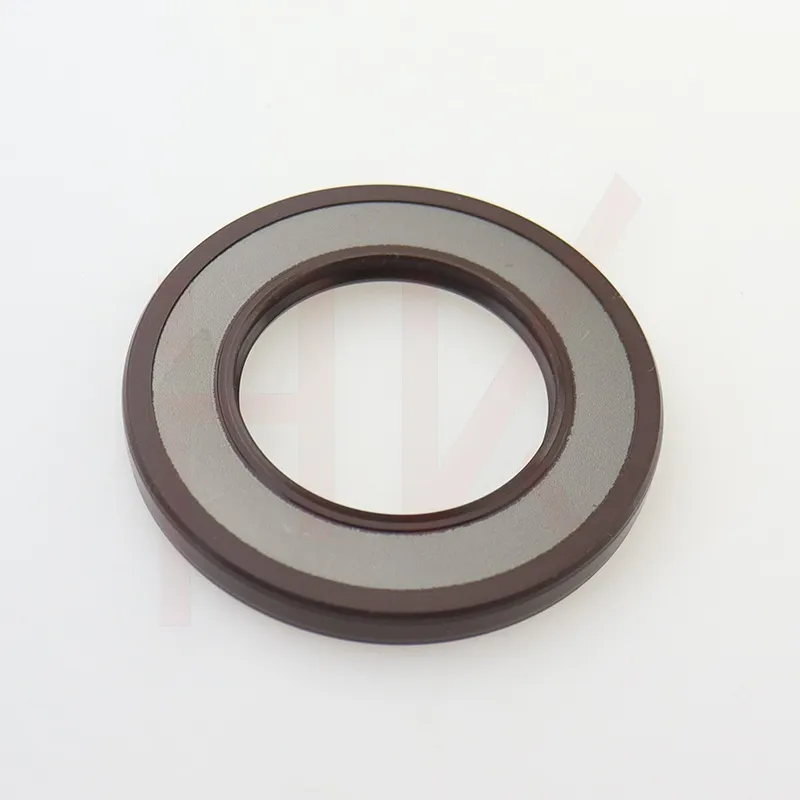Th12 . 06, 2024 01:03 Back to list
hydraulic cylinder seal repair
Understanding Hydraulic Cylinder Seal Repair
Hydraulic systems are integral to various industries, enabling machines to perform heavy lifting and precise movements. A key component of these systems is the hydraulic cylinder, which converts hydraulic energy into mechanical force. Central to the functionality of a hydraulic cylinder are its seals, which prevent fluid leakage and maintain pressure. However, like any mechanical component, seals can wear out or get damaged, necessitating repair or replacement. This article will explore the common issues related to hydraulic cylinder seal repair and offer insights into the process.
Common Causes of Seal Damage
Understanding the reasons behind seal failure is crucial for effective repair. Common causes include
1. Wear and Tear Over time, seals undergo wear due to continuous operation. Factors such as pressure fluctuations, temperature changes, and exposure to contaminants can accelerate this wear.
2. Improper Installation Incorrect installation of seals can lead to misalignment, which may cause uneven wear or even catastrophic failure of the hydraulic cylinder.
3. Contamination Dirt, dust, and other foreign particles can enter the hydraulic system, leading to abrasive actions that wear down seals. It’s essential to maintain a clean environment during the operation of hydraulic systems.
4. Chemical Exposure Some hydraulic fluids are corrosive or can degrade the seal material. Using incompatible fluids can hasten seal deterioration.
5. Thermal Effects High temperatures can cause seals to harden and lose their elasticity, while low temperatures can make them brittle.
The Repair Process
Repairing hydraulic cylinder seals involves several steps
. Below is a systematic approach1. Diagnosis Identifying the failure type is the first step. Signs of seal failure include hydraulic fluid leaks, reduced performance, and visible damage to the seals. Conducting a thorough inspection of the cylinder and surrounding components is essential.
2. Disassembly Once the problem is diagnosed, the hydraulic cylinder must be safely disassembled. Ensure that the hydraulic system is depressurized, and take care to avoid damaging other components during disassembly.
hydraulic cylinder seal repair

3. Inspection of Components After removing the seals, inspect them along with other internal components such as the piston, barrel, and rod. Look for scratches, corrosion, or other imperfections that could have contributed to seal failure.
4. Seal Replacement Choose high-quality replacement seals that meet the specifications of the original seals. It’s advisable to use seals made from materials compatible with the hydraulic fluid and service conditions. Proper seal selection is critical to ensure longevity and performance.
5. Reassembly Carefully reassemble the cylinder. Pay close attention to alignment and use appropriate tools to avoid damaging the new seals during installation. Ensure all components are clean and free from contaminants.
6. Testing Once the cylinder is reassembled, conduct a pressure test to check for leaks. Monitor the system operation for smooth performance without any signs of leakage.
Preventative Measures
Regular maintenance is crucial to prolong the life of hydraulic seals and avoid costly repairs. Here are some preventative measures
- Regular Inspections Schedule routine checks for wear and tear. Early detection can prevent more significant issues.
- Use Quality Fluids Ensure that the hydraulic fluids used are compatible with the seal materials, and change them as per the manufacturer’s recommendations.
- Maintaining Cleanliness Establish procedures to keep the hydraulic system clean, minimizing the risk of contamination.
- Training Personnel Ensure that personnel are trained in the correct installation and maintenance procedures for hydraulic seals.
Conclusion
Hydraulic cylinder seal repair is a vital aspect of maintaining hydraulic systems. By understanding the causes of seal damage, following proper repair procedures, and implementing preventative measures, operators can ensure the longevity and efficiency of their hydraulic machinery. Regular maintenance not only extends the life of components but also enhances productivity and safety within operations.
-
The Trans-formative Journey of Wheel Hub Oil Seals
NewsJun.06,2025
-
Graphene-Enhanced Oil Seals: Revolutionizing High-Pressure Oil Sealing
NewsJun.06,2025
-
Future of Hydraulic Sealing: Advanced Intelligent TCN Oil Seals
NewsJun.06,2025
-
Don’t Let a Broken TCV Oil Seal Ruin Your Day
NewsJun.06,2025
-
Bio-Inspired Dust Seals for Better Sealing Performance
NewsJun.06,2025
-
Biodegradable and Sustainable Hydraulic Seal Materials
NewsJun.06,2025
-
Top Oil Seal Solutions for Your Industrial Needs
NewsMay.22,2025
Products categories
















